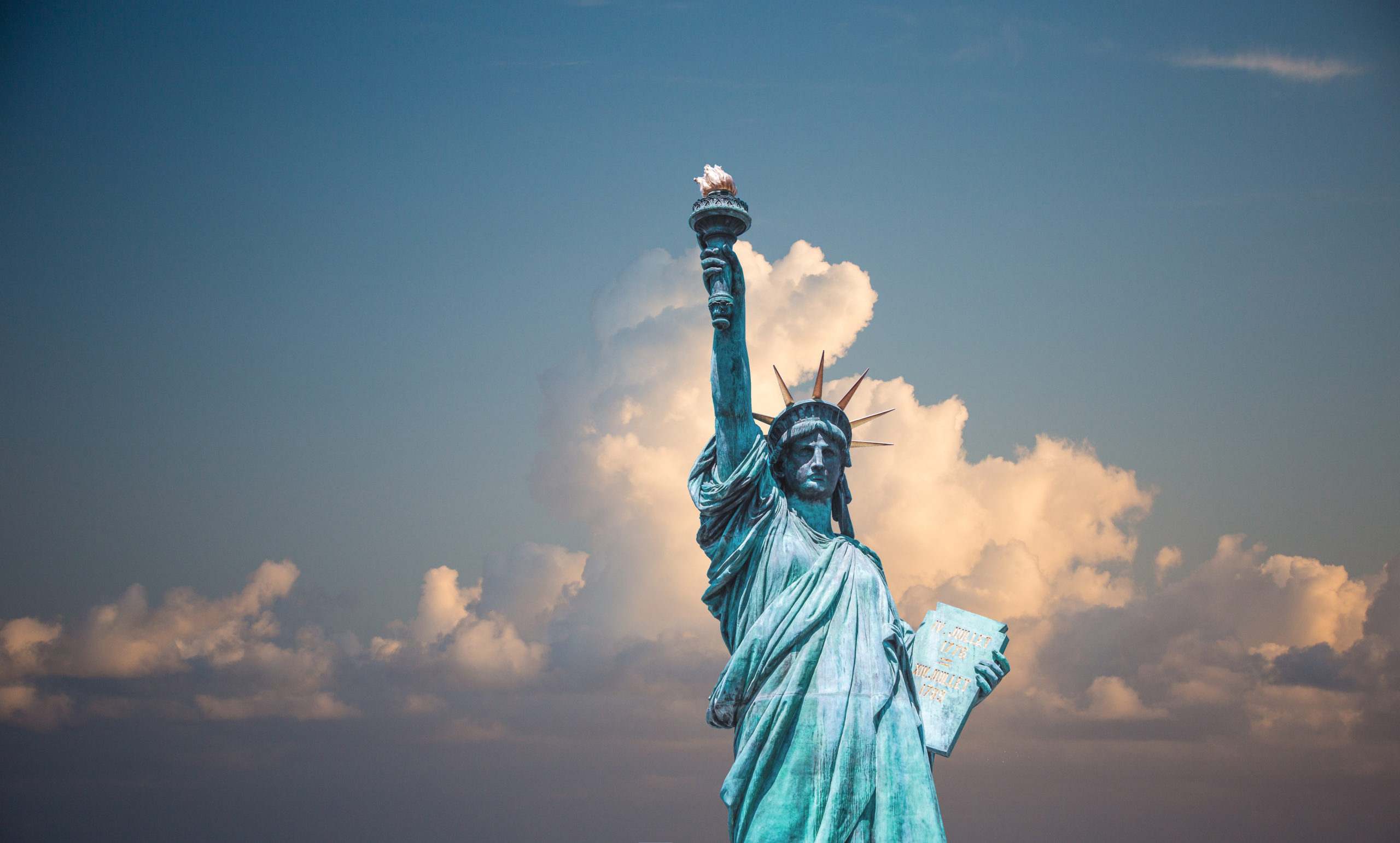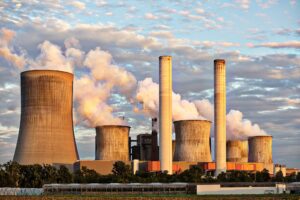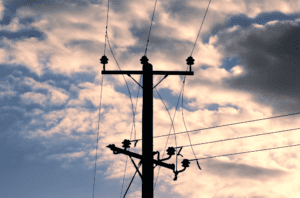Tensions over natural gas are heating up between Russia and the European Union. Vladamir Putin is threatening to cut off European supplies unless they pay in Russia’s currency, rubles. As the date for the next payment approaches, the EU is hurrying to find other suppliers to prevent an energy crisis. Now, eyes are turning to the United States to help alleviate some of this pressure.
What does the EU have to lose?
Russia currently supplies 40% of Europe’s natural gas needs. If Putin chooses to follow through on his threat to cut off Europe from Russia’s natural gas supplies, these countries will likely face even higher prices, and possible rolling blackouts. Natural gas prices are already five times higher than they were at this time last year and could continue to triple if Russian supplies are cut off.
The EU is preparing for this potential supply disruption by diversifying its LNG suppliers and putting emergency plans in place. Germany, one of the countries that would face the greatest impact, is currently monitoring their supplies and determining how they would ration natural gas in the case of a halt. With demands set to skyrocket, the EU must find a way to make up that 40% as soon as possible. The US is ready to ramp up production to help make it happen.
U.S. Set to Supply LNG for the Long-Term
At the end of March, President Biden agreed to provide an additional 15 billion cubic tons of liquified natural gas to Europe through 2022. While that only accounts for 10% of the gas Europe currently gets from Russia, this is part of a larger plan to eliminate Europe’s reliance on Russian energy. President Biden and European Commission President, Ursula von der Leyen, set a goal to increase the United States’ supply to Europe to 50 billion cubic tons by 2030. In addition to diversifying LNG supply, the U.S. and EU are looking for a faster push towards clean energy.
Cutting Russian Ties with Renewable Energy
While renewable energy may not be the short-term solution for tightened natural gas supplies, it could be the answer to reducing the reliance on Russian energy in the long term. By 2030, the EU would like to save 170 billion cubic meters of LNG by utilizing renewable energy sources. Accelerating the deployment of wind and solar power alone could save 20 billion cubic meters. The pressure Russia is placing on the EU is the push needed to make renewable energy more accessible sooner.
How You Can Help
Aiding the push toward renewable energy is easier than you may initially think. With Emission-Free Energy Credits, or EFECs, you can offset your business’s carbon footprint by investing in renewable energy projects. One of these projects is the production and development of Nuclear Power. This carbon-free power option not only has lower carbon emissions than solar, geothermal and hydropower, but is also one of the most dependable sources of electricity. This project could open the door to carbon-free electricity in the United States and the world at large.
Ready to make way for more sustainable energy solutions? Contact us today to learn more about Emission-Free Energy Credits!
"*" indicates required fields







